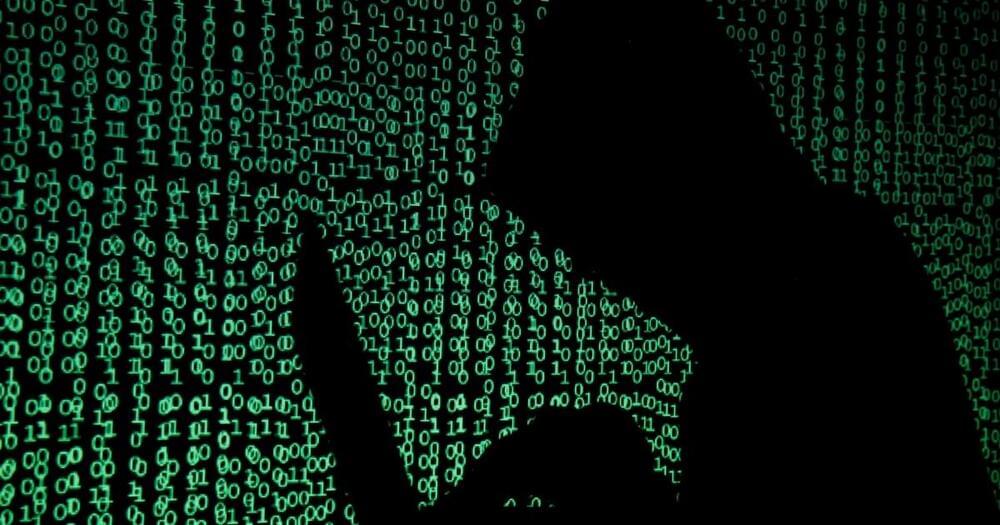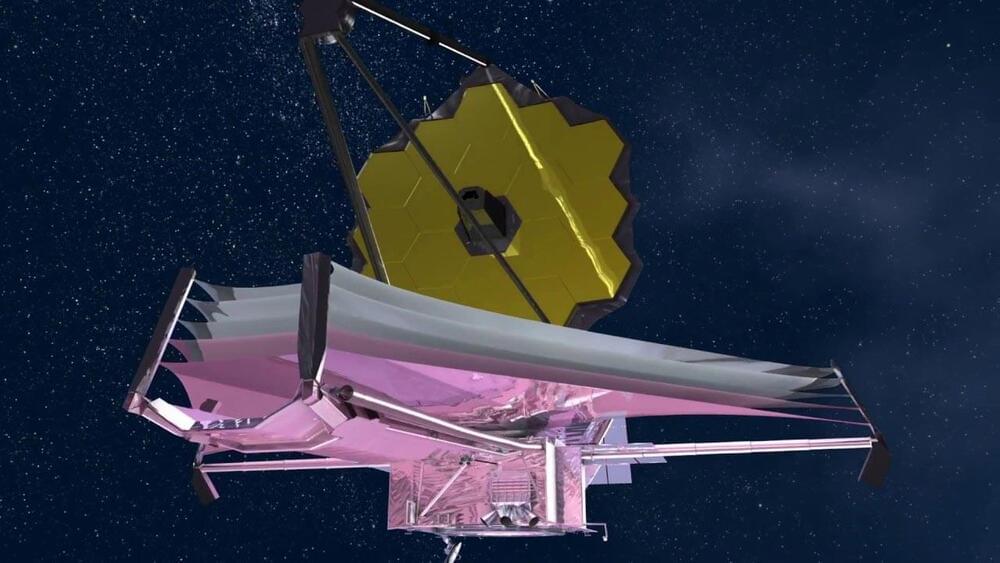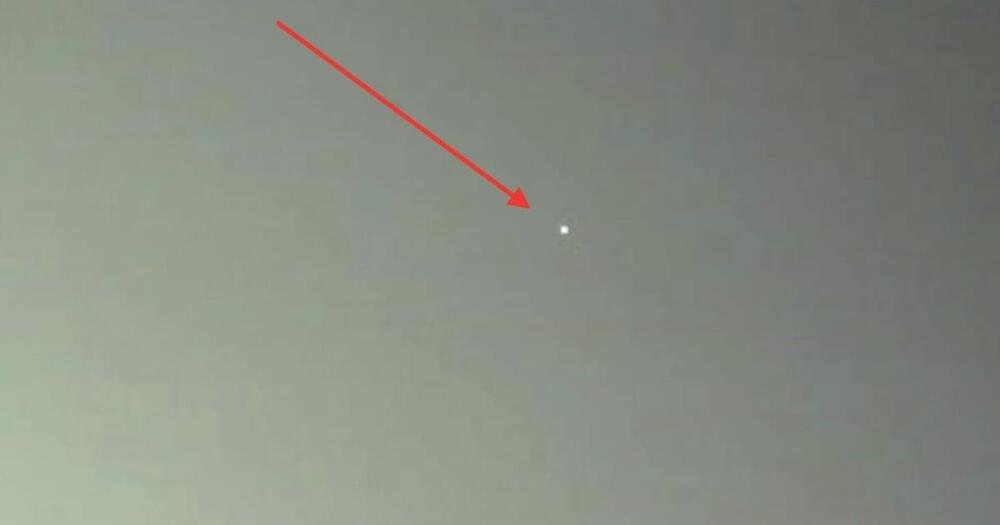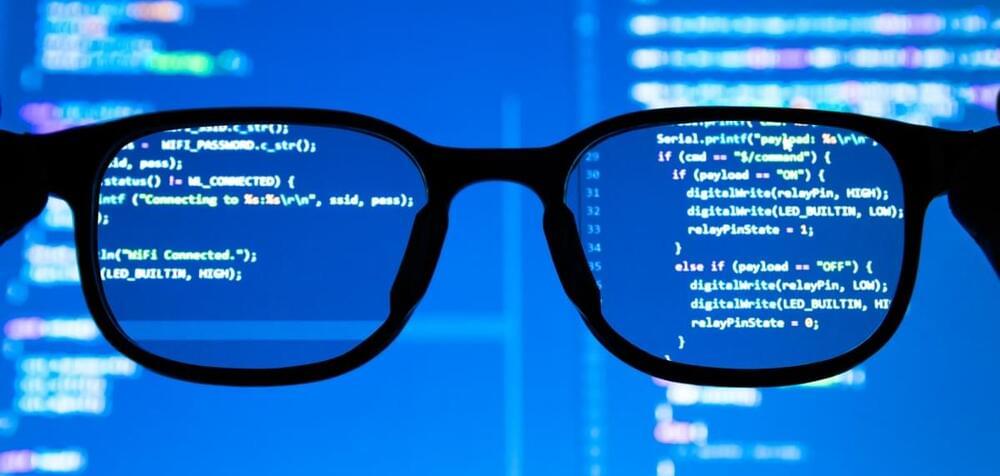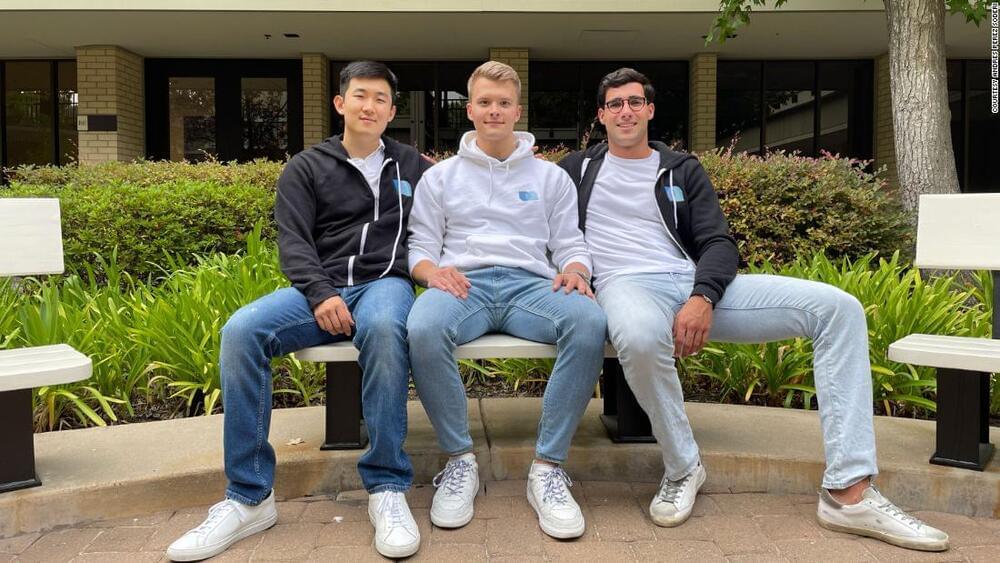A suspected Chinese hacking campaign has breached four more US defense and technology companies in the last month, and hundreds more US organizations are running the type of vulnerable software that the attackers have exploited, according to research shared with CNN.
The apparent espionage activity, which the National Security Agency helped investigate when it emerged in recent months, is more extensive than previously known and has seen the hackers steal passwords from targeted organizations with a goal of intercepting sensitive communications.
The cybersecurity researchers in November publicly confirmed just one victimized US organization, CNN reported then, but they now say the number is at least five and could continue to grow.


